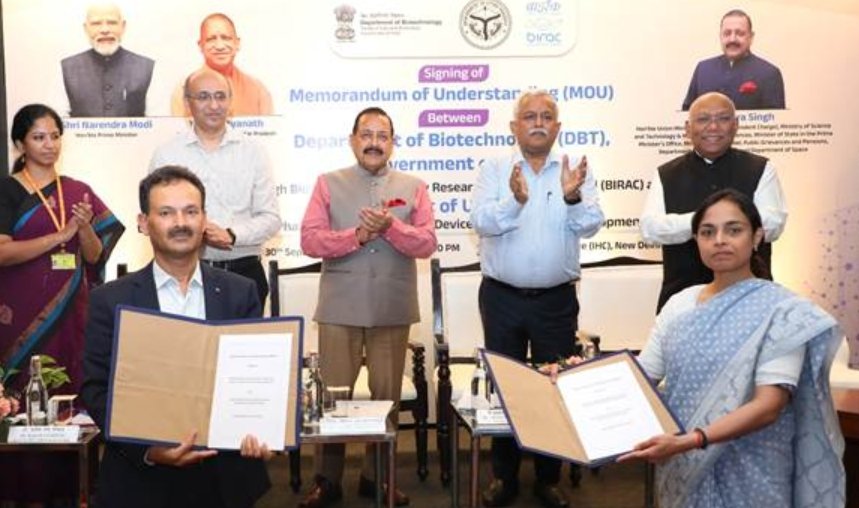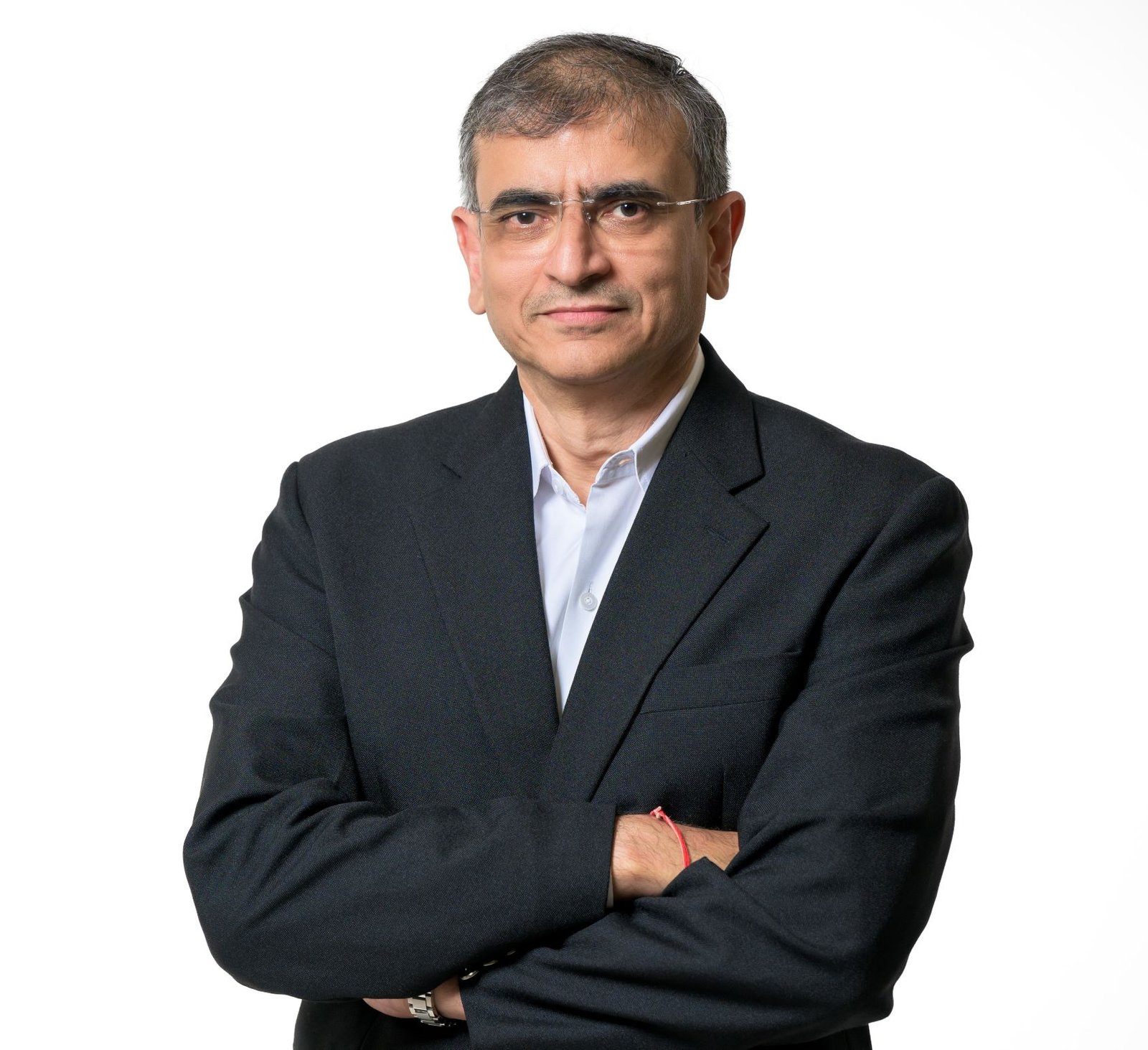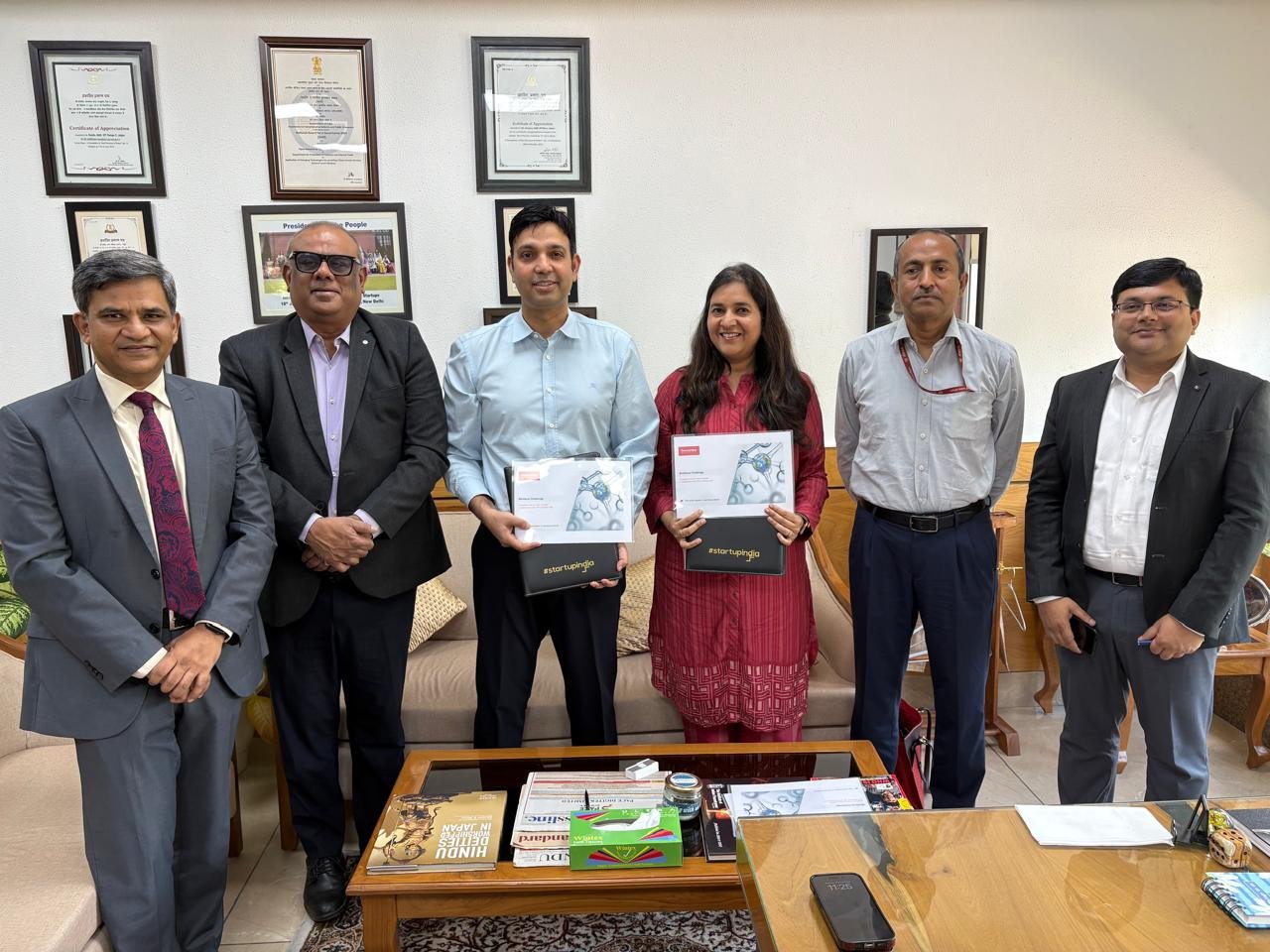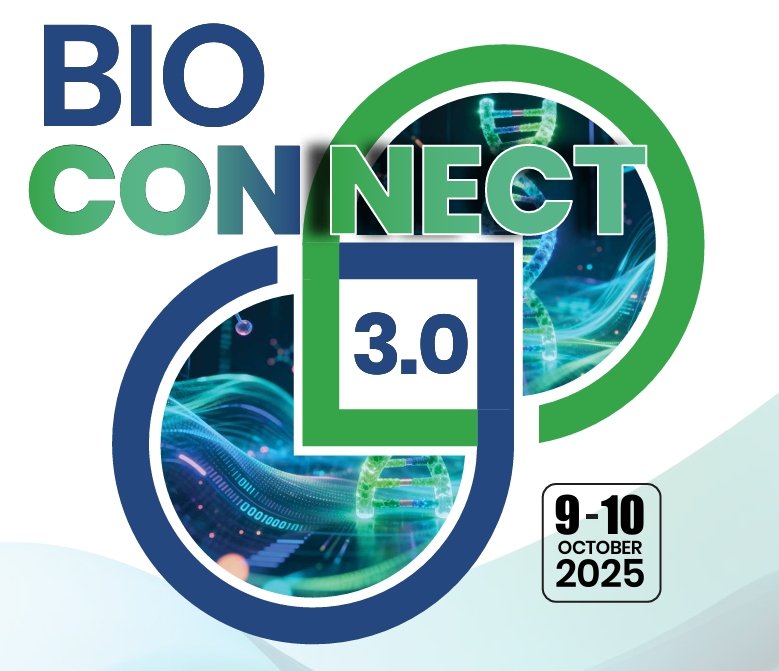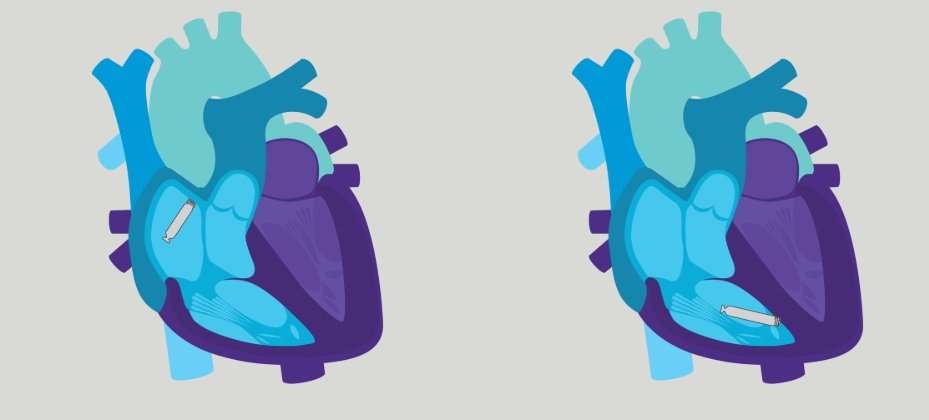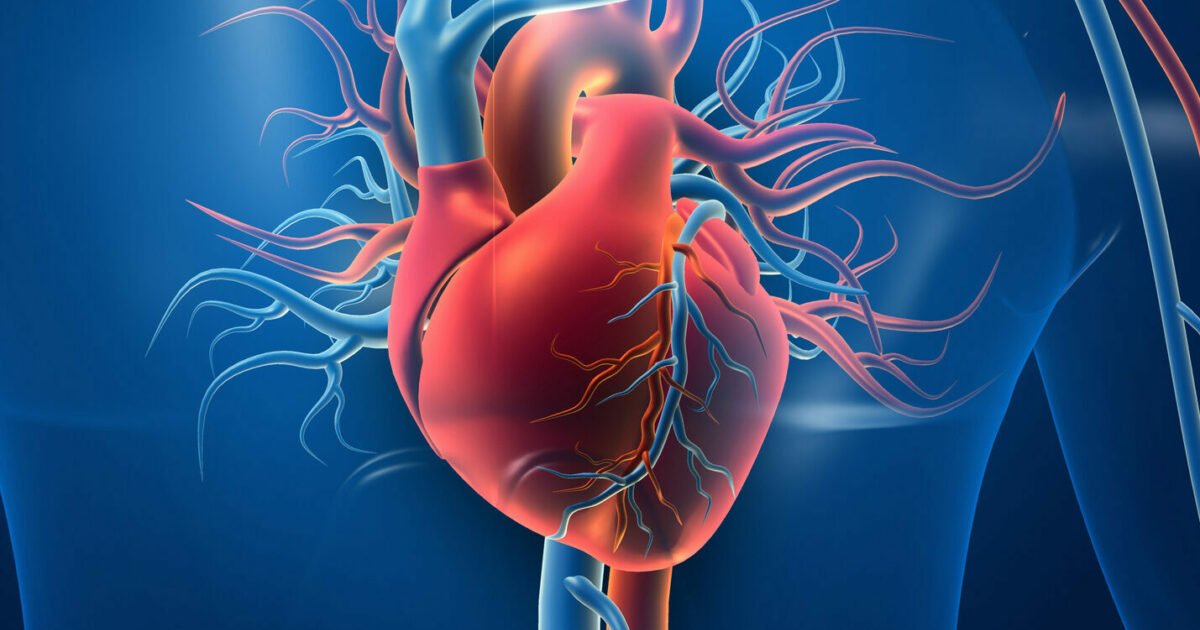"We cater to specialized doctor segments"
November 06, 2007 | Tuesday | News
New Page 1
"We cater to specialized doctor segments"
-Sandeep Gupta, Chairman and Managing Director, Eli Lilly & Company India
Eli Lilly & Company India clocked sales of around $40
million over the last year and grew at a rate of around 20 percent. The company
recently came up with a new drug for the treatment of type 2 diabetes that is
one of its kind. BioSpectrum caught up with Sandeep Gupta, medical director, Eli
Lilly & Company India. Excerpts from the interview:
What is the product portfolio of Eli
Lilly in India?
Our basic model in India is that of being present in the
specialty product segment. In other words we do not have many products which we
could call mass products. It also means that we cater to the specialized doctor
segments and not general practitioners. We are basically into four broad areas
as under. First and foremost is our diabetes care business that comprises 60-65
percent of our entire sales turnover. Under this category we have a whole range
of products including human insulin (cartridges and vials) and human insulin
analogs.
We have just launched Byetta (exenatide) for type 2 diabetes.
We are also into oncology segment wherein we have two products. There are two
products also in the critical care business: one aimed at improving outcomes
after coronary angioplasty (heart) and the other used in treatment of severe
sepsis. In the area of women's health we have a drug for the treatment of
severe osteoporosis.
What have been the major product launches
in the last one year?
We have had three product launches over the last one year.
The first one was the launch of Humalog (insulin lispro) disposable pen, which
is an advanced disposable device that offers convenience to patients. It is a
prefilled injection. Next in line, we launched Alimta (pemetrexed), which is for
the second line treatment of NSCLC (non small cell lung cancer). Very recently
we launched Byetta (exenatide).
How is the company focusing on R&D?
Lilly is at the forefront in terms of its strong focus on
R&D. Almost 20 percent of our revenue globally is ploughed back in R&D.
As a company we have decided to focus on four therapeutic areas-endocrinology,
oncology and cardiovascular and CNS.
What are your future plans in India?
In line with our global strategy, we have plans to introduce
more products in the area of diabetes, oncology, cardiovascular and women's
health segments. Depending on the regulatory approval timelines, we may be
launching 6-7 products over the next five years. Our growth will be mainly
driven by the introduction of these new products. At the rate at which we are
growing currently, we should be double than what we are today in the next 4-5
years.
What differentiates Lilly from its
competitors?
Our biggest differentiator is in the kind of people that work
for Lilly. We take pride in the people that we select for our company after a
long drawn selection process. The training that we give our employees is not a
one-time activity; instead a considerable effort is put in up-gradation of skill
sets on an ongoing basis. Because of our significant focus on the continual
training and development of our employees, we enjoy a very strong image amongst
the different customer segments. We also take pride in conducting our business
in very ethical manner. In fact, we set very high standards for ourselves and
have set an example before the industry in terms of ethical product promotion.
Another aspect that probably sets us apart is our relentless focus on product
safety eventually leading to patient safety. As a company we are constantly
striving to take these practices to the next level.
How is Byetta different from other
products that you have in your diabetes treatment portfolio?
Byetta (exenatide) is an absolutely new class of therapy. The
product belongs to a new category called, Incretin mimetics. Secondly, Byetta is
not insulin, even though it is injectible. The product is a unique treatment
option for type 2 diabetics specifically for those patients who are on OHA's
(oral hypoglycemic agents) like metformin or a sulphonylurea or a combination of
both and not adequately well controlled.
Byetta also reduces appetite and slows down the passage of
food through the stomach and intestine and as a result, the absorption of food
gets delayed. As we commonly know, weight control plays an important role in the
management of type 2 diabetes. In this context, this drug offers dual benefits
to the patient. Not only does it help in controlling blood glucose, it also
helps a patient lose weight. However, I would like to stress that this is not a
weight loss drug.
Moreover, Byetta comes in two strengths-5mcg and 10mcg. We
recommend putting a new patient on Byetta at the lower dose of 5mcg and
subsequently migrating this patient to 10mcg after about a month or so depending
on clinical assessment of the treating physician. In this context, unlike
insulin therapy, that may require significant dose titration, Byetta offers
another unique benefit of a fixed dose.
Where all has Byetta been launched in the
world?
India is the fourth major country in which Byetta has been
launched after its launch in US, UK and Germany.
What about the pricing?
The price of a 10 mcg pen is Rs 7,900 that lasts for a month.
Byetta comes in a pre-filled injection that is very easy and convenient to use.
|
How Byetta works
In type 2 diabetes, there is a
deficiency of insulin because the body is not able to produce enough
insulin. One of the reasons why this happens is because one of the
naturally occurring hormones in the gut called GLP (Glucagon like
peptide) also becomes deficient in this state. GLP normally stimulates
the pancreas to produce insulin in a glucose dependent fashion: insulin
is released with glucose level go up and insulin release stops once
glucose level returns to normal so that chances of hypoglycemia get
minimized. In patients with type 2 diabetes, Byetta (exenatide) mimics
the action of this naturally occurring hormone, GLP. |
What about the marketing strategy for the
product?
As Byetta belongs to a new class of compound, we are being
extremely cautious in our promotion. Specifically, we are confining the
promotion of this product to doctors who specialize in the treatment of
diabetes. We also strongly recommend that only the right patient should be
selected for this therapy. This may effectively mean restricting our market but
that is a conscious decision that we have taken.
Any target that you have set for the drug?
It will be difficult to estimate with certainty the market
size of this compound because as I mentioned before, this belongs to an entirely
new class of agents. However, there are approximately 40 million diabetics in
India out of which 95 percent are type 2 diabetics.
Out of that there is a large patient population that are
overweight and are not responding adequately to OHAs. Such patients would
benefit most from this new drug.
Shalini Gupta



